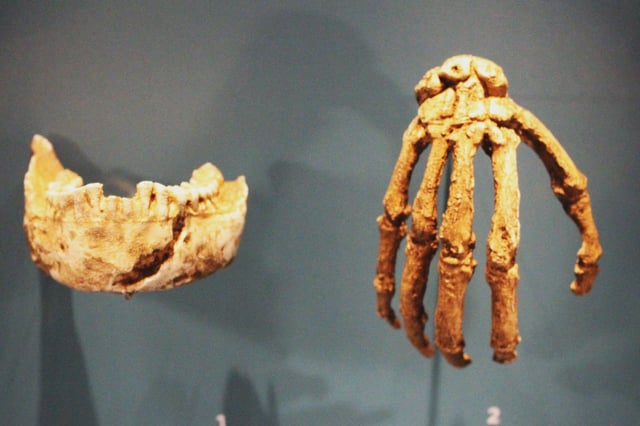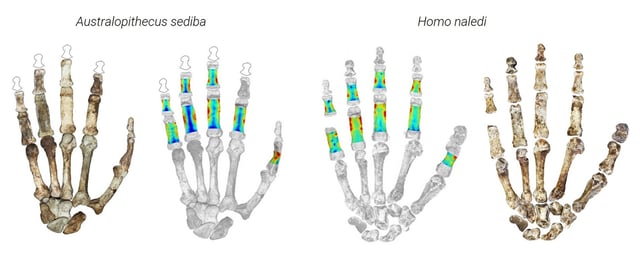Overview
- Micro-CT scanning and biomechanical modeling of finger bones reveal distinct grip adaptations in two South African hominin species.
- Australopithecus sediba exhibited power-grip specializations in the thumb and pinky, supporting both climbing and tool-use capabilities.
- Homo naledi's hands show a unique mix of human-like and ape-like bone loading, suggesting crimp grip use and continued climbing behavior.
- The findings challenge the traditional linear model of hand evolution, highlighting diverse functional adaptations over two million years.
- Neither species has been directly linked to stone tools, though their hand anatomy indicates significant dexterity and manipulation potential.

